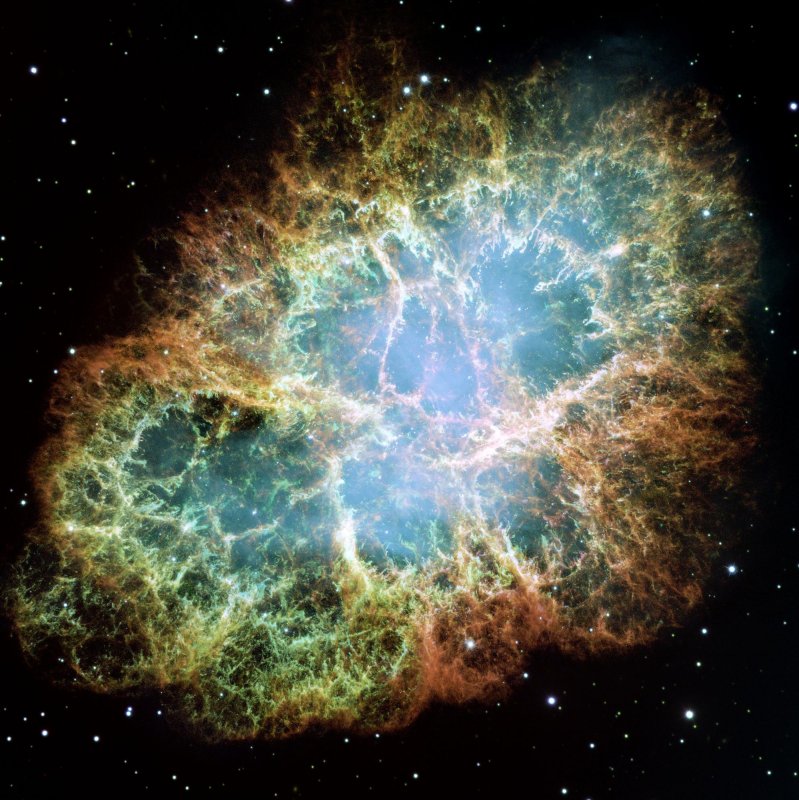WASHINGTON, Aug. 8 (UPI) -- Our solar system may have been kick-started by a shock wave from an exploding star that rippled through a giant rotating cloud of gas, U.S. astronomers say.
The solar system is thought to have coalesced from a cloud of gas and dust known as the solar nebula about 4.6 billion years ago, and scientists have long theorized a shock wave from a supernova explosion caused regions of the nebula to collapse and come together.















